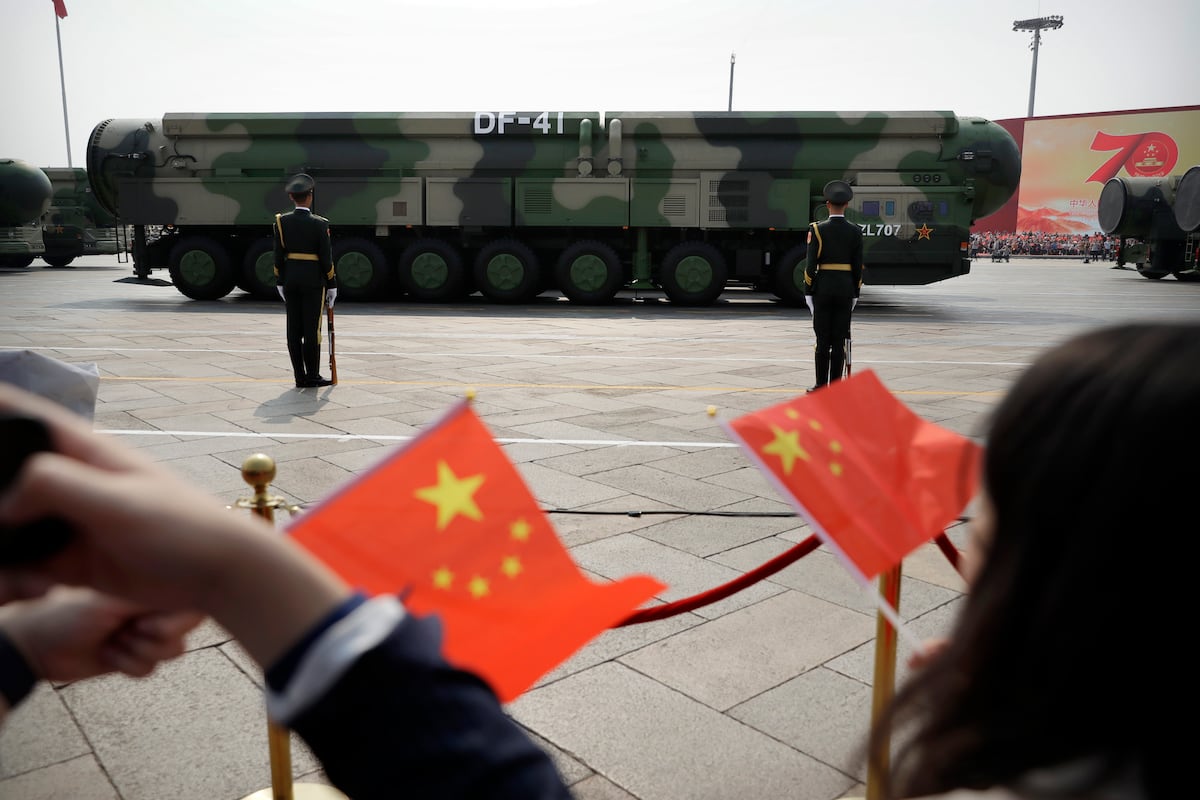Innovations in Aerial Warfare: The Compact Munition Drop Drone
Overview of Technological Advancements
Among the notable entries showcased at ADEX 2025, the Compact Munition Drop Drone (CMD Drone) developed by Korea Defence Industry Corp. emerges as a pivotal development in precision military operations. This tactical UAV (Unmanned Aerial Vehicle) exemplifies South Korea’s innovative approach to automated warfare, integrating advanced technology with human oversight to enhance combat efficiency.
Structural and Functional Design
The CMD Drone is engineered as an electric vertical take-off and landing (VTOL) system, constructed from lightweight carbon fiber composites. This design minimizes its radar and thermal signatures, allowing for stealth operations. With an operational weight ranging from 15 to 25 kilograms, the platform can carry payloads up to 8 kilograms, typically deploying various micro-munitions, including both fragmentation and shaped charges.
Key specifications include:
- Autonomy: Over 30 minutes of operational flight time powered by a lithium-polymer battery.
- Altitude Range: Operates effectively between 300 and 500 meters.
- Acoustic Profile: Maintains low noise emissions below 50 dB at altitudes exceeding 300 meters, promoting discreet engagement.
The CMD Drone accommodates multiple operational modes: manual, semi-autonomous, and fully autonomous piloting, utilizing encrypted data links over 2.4 GHz military communications or bespoke networks tailored to mission requirements.
Sensor Technology and Targeting Capabilities
Equipped with a comprehensive array of multi-spectral sensors, the CMD Drone facilitates real-time surveillance and target identification. This includes:
- Electro-Optical and Infrared (EO/IR) Cameras: Offering day and night operational capabilities.
- Laser Range Finder (LRF): Assisting with precise distance measurements.
- Global Navigation Satellite System/Inertial Navigation System (GNSS/INS): Ensuring accurate navigation and flight stability.
Additionally, the drone’s onboard artificial intelligence (AI) conducts automated analysis of imagery, allowing for quick classification and engagement of targets, which may include vehicles, personnel, and structures even in complex combat scenarios.
Engagement Mechanisms
The CMD Drone features AI-guided lightweight munitions that attain strike precision within 2 meters through advanced guidance systems. It offers three distinct operational modes:
- Operator-Assisted Mode: Full manual control over navigation and targeting.
- Semi-Autonomous Mode: Automatic target detection, requiring human confirmation before engagement.
- Supervised Autonomous Mode: Fully autonomous operations with the option for human override.
This tiered autonomy exists within the framework of South Korea’s K-AI Defence doctrine, ensuring ethical considerations and accountability are prioritized in the use of weaponized AI.
Versatility and Deployment
The CMD Drone’s design ensures versatile deployment options, allowing it to be launched from:
- Ground installations
- Armored vehicles
- Airborne platforms
This adaptability enhances its integration across multiple domains of combat. Its modular design simplifies logistics, permitting quick transport and readiness for small tactical units.
Looking ahead, Korea Defence Industry Corp. is also innovating in swarm technologies that enable coordinated operations among multiple drones. This networked capability, informed by insights from contemporary conflict zones like Ukraine and the Middle East, allows for collective target assessment and synchronized strikes against enemy formations.
Target Engagement Effectiveness
For stationary targets such as fortified positions or storage facilities, the CMD Drone achieves a circular error probable (CEP) of less than 2 meters, indicating high precision in munitions deployment. When tasked with dynamic targets, predictive-tracking algorithms enable successful engagement of moving infantry and light vehicles, demonstrating hit probabilities of 70-80%. However, performance may diminish against faster-moving or evasive targets due to potential delays in communication and computational constraints.
Maintenance and Logistics Efficiency
The CMD Drone’s modular architecture supports rapid field repairs, allowing for the replacement of rotors, batteries, and sensors with minimal tooling. Its quick turnaround time of under ten minutes between missions optimizes operational tempo. Regular maintenance of power systems and routine calibration of EO/IR sensors ensure ongoing operational readiness, with sustained high availability facilitated by Korea Defence Industry Corp.’s field support services.
Advancing Network-Centric Warfare
The CMD Drone signifies a critical advancement in South Korea’s strategic shift toward autonomous and precision warfare. This platform not only operates independently but also in harmonious formations, representing a key element of distributed lethality and integrated network-based combat operations.
Exhibited prominently within the Korean Defence Pavilion at ADEX 2025, the CMD Drone underscores South Korea’s commitment to pioneering the future of lightweight armed aerial systems—melding precision, intelligence, and survivability into a cohesive vision for modern military engagement.





